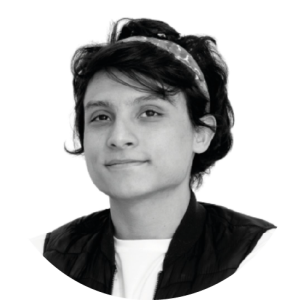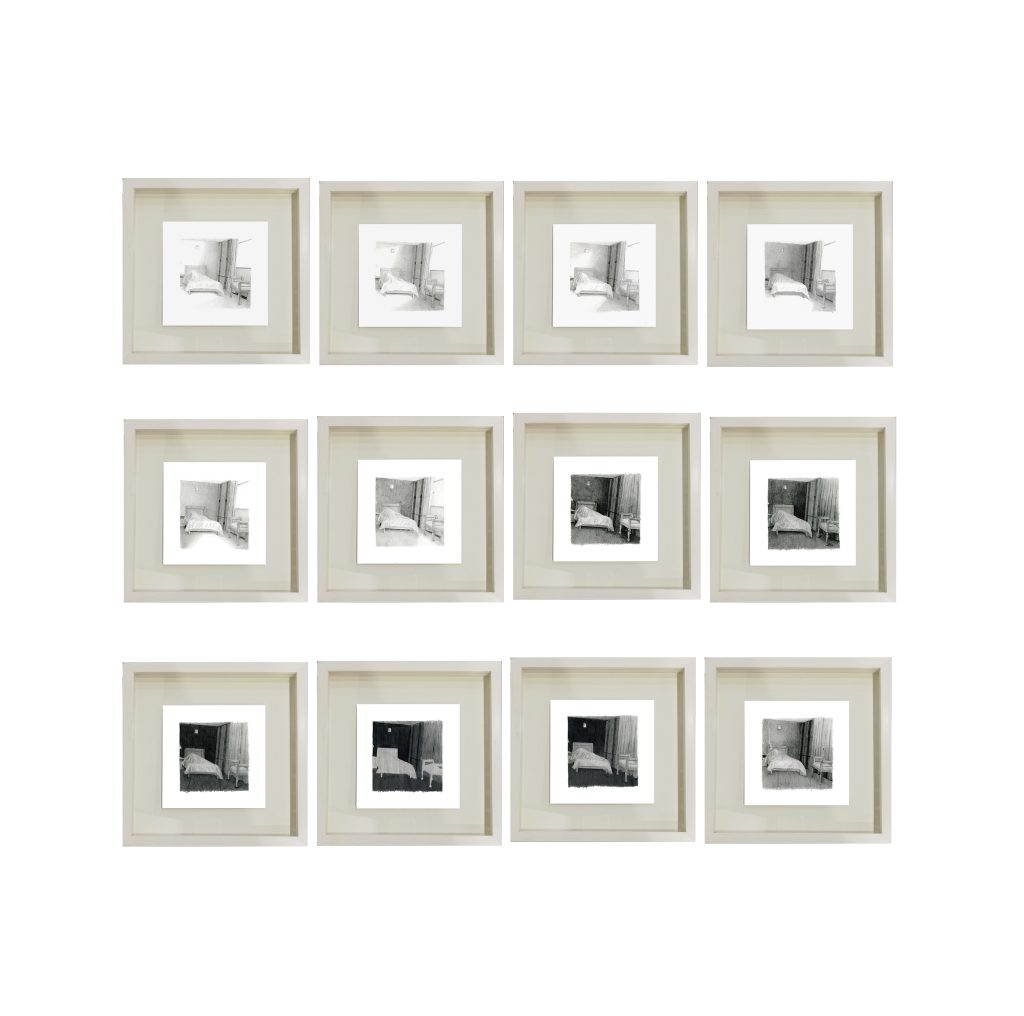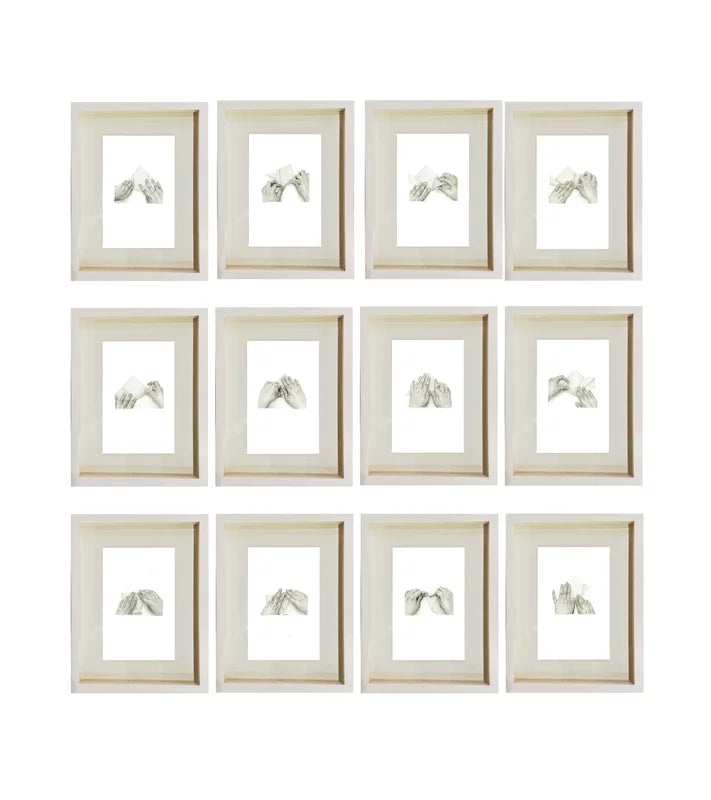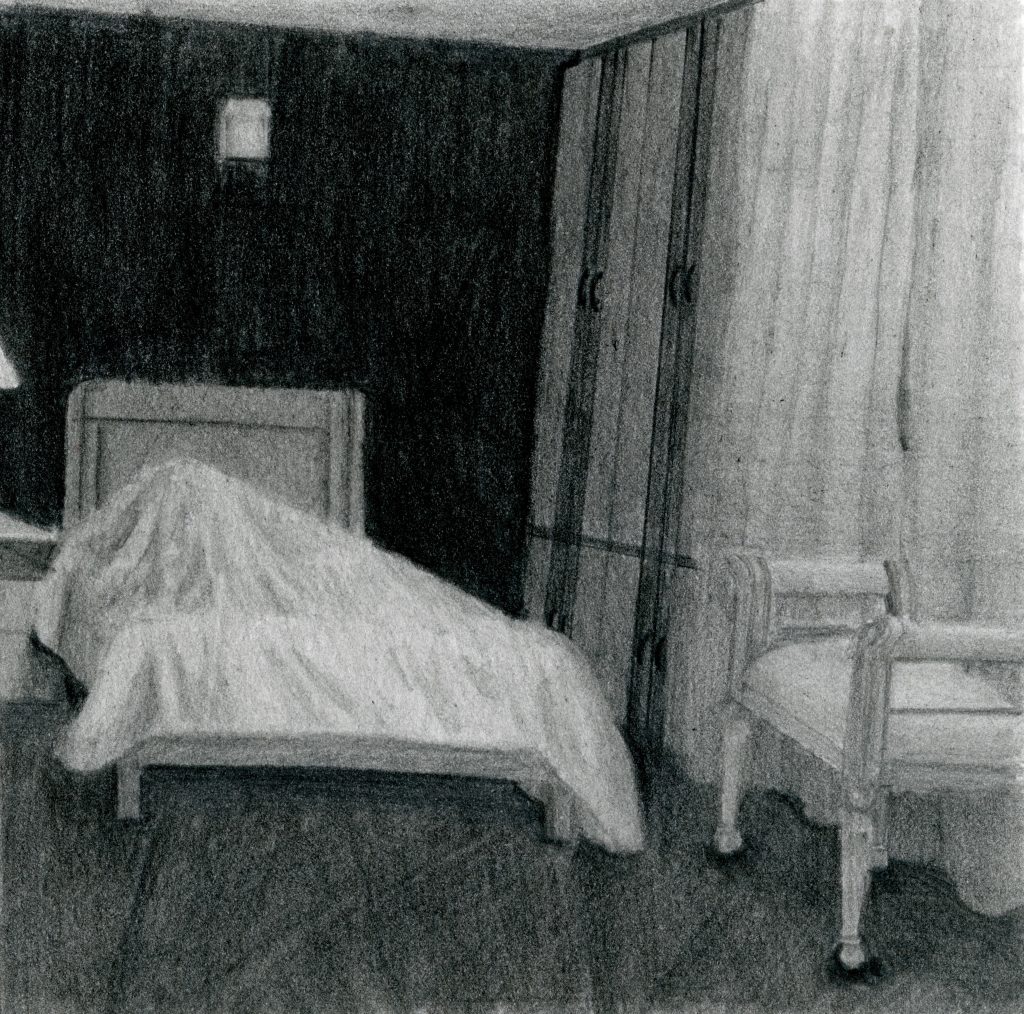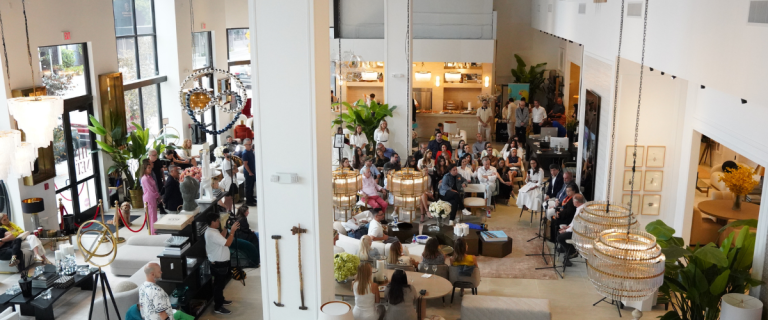
The Collectors House – A year retrospective.
To celebrate a year of continuous interdisciplinary collaboration between The Art Dome, Montenegro Art Projects and Eichholtz, we want to share a look of how The Collectors House became a place where art and design comes together in harmony, showcasing the best of both worlds.
